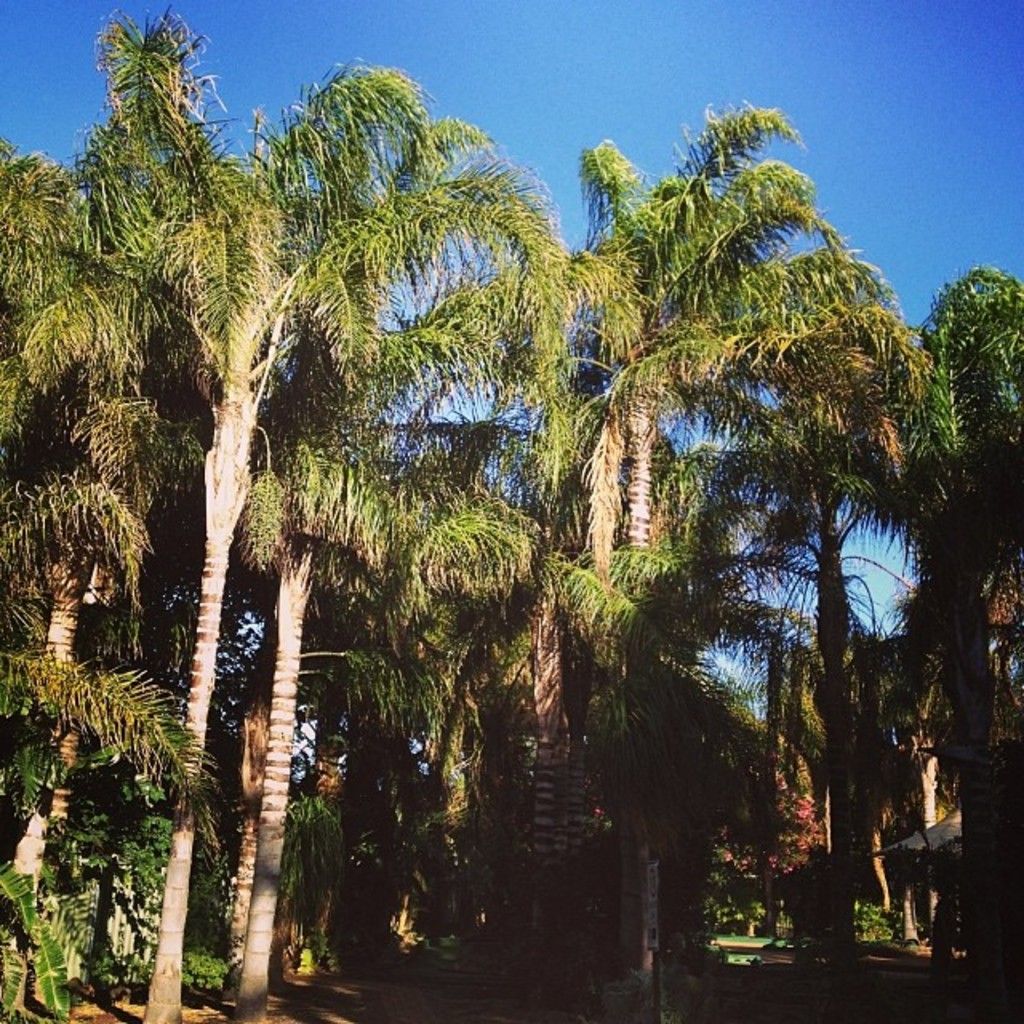Varieties of Bonsai Trees to Enhance Every Green Thumb's Collection
**Popular Indoor and Outdoor Bonsai Trees: Care, Characteristics, and Common Mistakes to Avoid**
For those with a green thumb and an eye for intricate beauty, bonsai trees offer a unique and rewarding hobby. These miniature masterpieces come in various types, each with its own distinct characteristics and care requirements. Here's a guide to some popular bonsai trees, their care, and common pruning mistakes to avoid.
### Popular Types of Bonsai Trees
Juniper Bonsai, Chinese Juniper, Common Juniper, and California Juniper are hardy outdoor bonsai, thriving in different climates, including windy and drought-prone areas [1]. The Ficus Tiger Bark is a tropical bonsai that can be grown indoors with care, but it's often better outside. Chinese Elm and Carmona are suitable for indoor bonsai, particularly in subtropical climates. The Jaboticaba, with its unique fruiting, requires specialized care [4].
### Care Requirements
Juniper Bonsai prefers full sun and well-draining soil. Regular watering is necessary, but avoid waterlogging. Pinch back new growth rather than cutting, and prune in early spring and summer [1]. Ficus Tiger Bark needs abundant bright light and specific conditions to thrive indoors, often better outdoors. Keep the substrate well-aerated and moist, and ensure regular fertilization [2]. Chinese Elm and Carmona require bright indirect light, moist but not soggy soil, and regular pruning to maintain shape [3]. Jaboticaba needs regular watering, regular pruning, and careful pest management [4].
### Common Pruning Mistakes to Avoid
Avoid cutting back Juniper Bonsai growth excessively, as it can kill surrounding needles. Never prune bare branches expecting regrowth, as junipers do not bud on bare wood [1]. Not pruning during active growth periods can harm tree health and aesthetics. For indoor bonsai like Chinese Elm or Carmona, choosing species with naturally small leaves is essential for proper proportion and aesthetic balance [3]. Using unsuitable soil or substrate, particularly for species like Ficus Tiger Bark, delays health and growth, so timely transplantation to better soil is critical [2].
In conclusion, junipers are the most popular outdoor bonsai, valued for their ease and beauty. Ficus Tiger Bark, Chinese Elm, and Carmona are widely used indoors but require specific care. Proper pruning, especially avoiding cutting bare branches and timing pruning to the growth cycle, is key to bonsai health and form [1][2][3].
[1] Bonsai Empire. (2021). Juniper Bonsai Care: The Ultimate Guide. Retrieved from https://www.bonsaiempire.com/blog/juniper-bonsai-care/
[2] Bonsai Empire. (2021). Ficus Tiger Bark Bonsai: The Ultimate Guide. Retrieved from https://www.bonsaiempire.com/blog/ficus-tiger-bark-bonsai/
[3] Bonsai Empire. (2021). Chinese Elm Bonsai: The Ultimate Guide. Retrieved from https://www.bonsaiempire.com/blog/chinese-elm-bonsai/
[4] Bonsai Empire. (2021). Jaboticaba Bonsai: The Ultimate Guide. Retrieved from https://www.bonsaiempire.com/blog/jaboticaba-bonsai/
Science and environmental-science enthusiasts might find the care of bonsai trees fascinating, as these miniature masterpieces offer unique challenges and rewards. While lifestyle choices can influence the selection of indoor bonsai, such as the Ficus Tiger Bark, climate-change and location play a crucial role in the choice of outdoor bonsai, like the Juniper Bonsai family.
In fashion-and-beauty and home-and-garden circles, bonsai trees are gaining popularity due to their intricate beauty and easy maintenance. In relationships, sharing the love for these miniature trees can be a meaningful bonding activity. For pet owners, caring for a bonsai tree could be a relaxing and educational experience, teaching responsibility and patience.
Travelers who appreciate nature can enjoy collecting bonsai trees from different regions, learning about each tree's unique characteristics and care requirements. For example, those who love cars and shopping may find bonsai pots and tools as unique additions to their collections, making their homes and garden more charming.
However, as with any hobby, understanding the care requirements and common pruning mistakes is essential to ensure the health and longevity of one's bonsai trees. For instance, avoiding cutting back Juniper Bonsai growth excessively and maintaining proper pruning timing for indoor bonsais like Chinese Elm or Carmona can significantly impact the tree's health and aesthetics.






